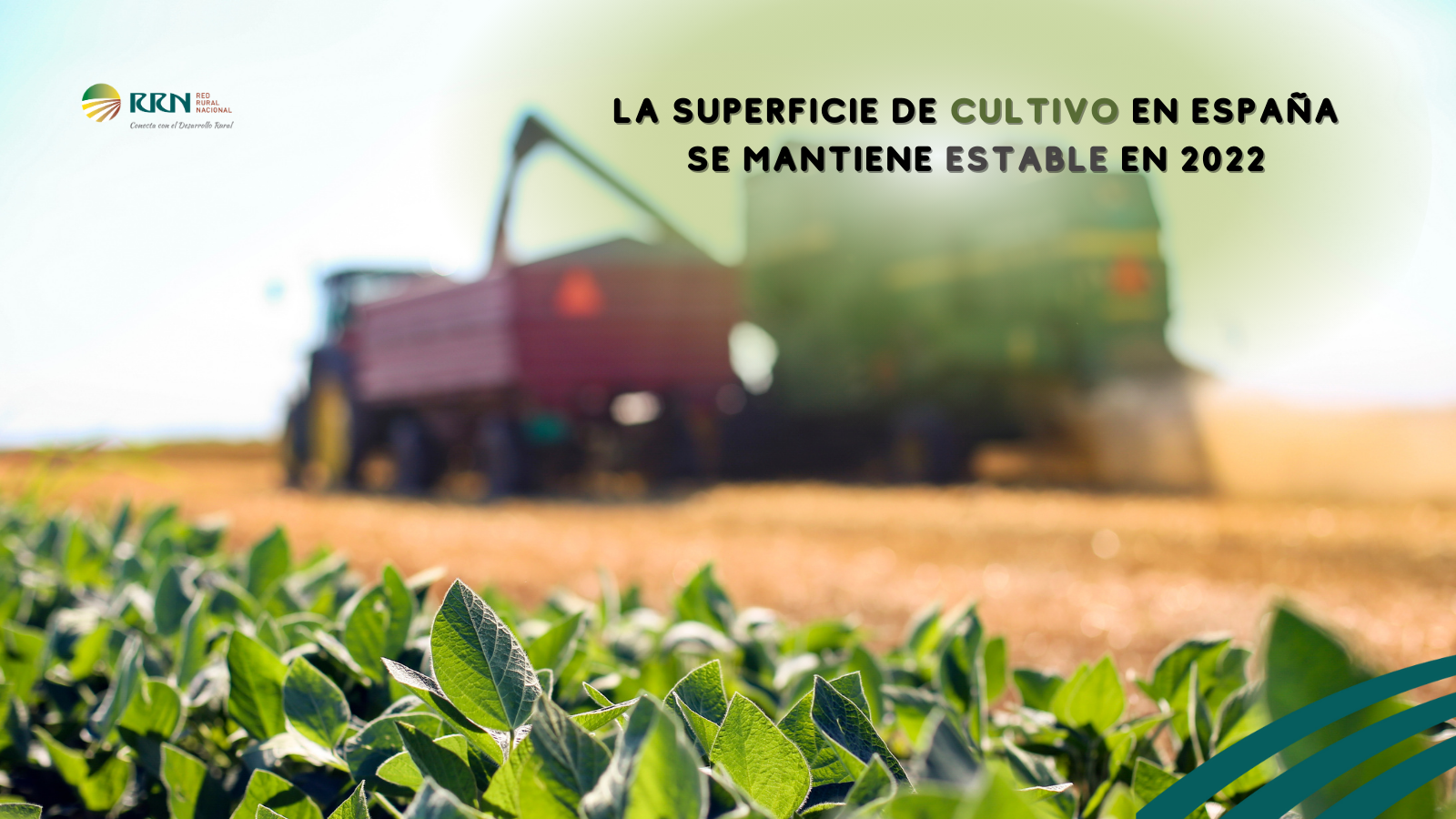
03 de February de 2023
Provisional data from the 2022 ESYRCE show a crop area of 16,830,738 hectares (ha), 0.42% less than the previous year.
- Provisional data from the Survey on Crop Areas and Yields (ESYRCE) show a crop area of 16.8 million hectares nationwide.
- The area devoted to cropland shows a slight decrease, but the areas of sunflower, rapeseed and, to a lesser extent, woody crops have increased.
The Survey on Crop Areas and Yields (ESYRCE) has been conducted annually since 1990 in collaboration with the statistical services of the Autonomous Communities. The work is based on field research, in which information is collected directly at the plot in a georeferenced sample of the national territory, conducted from May to August. The results constitute an objective source of data that complements other statistical information from the Ministry of Agriculture, Fisheries and Food for obtaining official data, which are subsequently published in the Statistical Yearbook .
Provisional data from the 2022 Spanish Crop Area and Yield Survey (ESYRCE ) show a crop area of 16,830,738 hectares (ha), 0.42% less than the previous year. These figures show a stable trend.
This land area represents 33.26% of the total geographic surface area, which reaches 50,597,715 ha, and is only surpassed by the 19,483,471 ha of forest area.
Of the total cultivated area, 11,309,265 ha are dedicated to arable land , 5,375,463 ha are woody crops and 146,011 correspond to other cultivated land .
Arable land
Arable and fallow crops have suffered declines, primarily due to the higher cost of cereals and vegetables. However, the largest increase comes from the 22% increase in industrial crops in the last year, mainly due to the increased acreage of sunflowers and rapeseed; and tubers , which have increased their previous acreage by 10.61%—more than 5,000 hectares of additional acreage.
The decline in all winter cereal crops—except wheat—has contributed to the overall 3.64% reduction in the area devoted to cereals . The drought has also led to record declines in the area of rice and corn .
Aside from industrial crops and tubers, an increase in the land area devoted to grain legumes has been observed. Lentils, beans, and dried beans stand out, followed by dried peas and grain vetch. However, lupine has suffered a significant decline of 76% after a few years of recovery.
Among industrial crops, sunflower and rapeseed have increased by more than 200,000 hectares. Irrigated crops have lost 25,000 hectares of land due to the drought, with tomato, sugar beet, and cotton crops losing 25%; and tobacco acreage has fallen by 25%, its lowest figure in 18 years.
Forage vetch and other cereals for this purpose are the only ones that have increased in area among the forage crops , whose total area has decreased by 0.87%.
With an 8.86% decrease in 2022, vegetables and flowers lead the declines among herbaceous crops.
Fallow land decreased by just over 2%. Furthermore, the survey shows a successive increase in uncultivated irrigated land during visits in recent years.
Woody crops
Unlike the previous groups, there has been a total increase of 0.27% in almost all woody crops, with the exception of vineyards and olive groves—which decreased slightly, along with wine grapes and olive oil—and other woody crops.
Non-citrus fruit trees are on the rise overall, with almond and pistachio trees standing out, followed by peach-nectarine and avocado trees. On the other hand, apple, persimmon, kiwi, mango, and hazelnut trees are declining. Among citrus trees, lemon and orange trees are increasing.
The final results will soon be available here .











